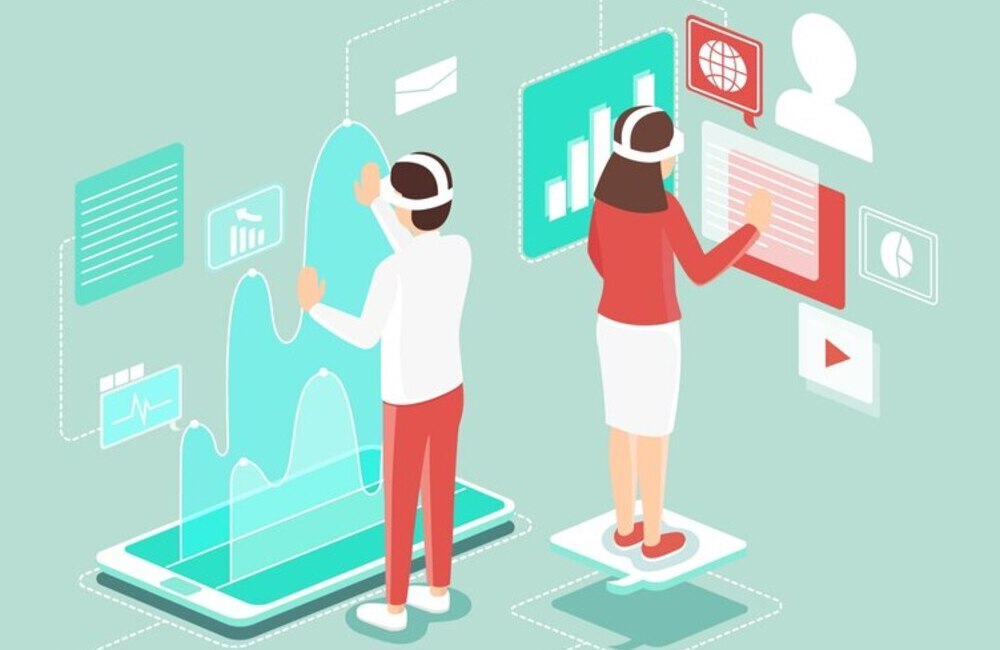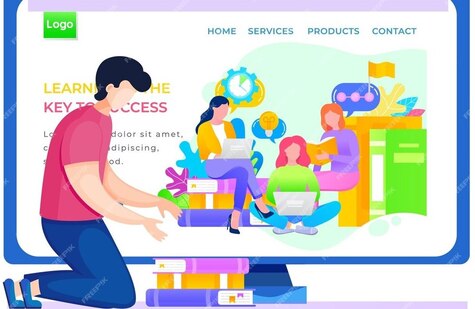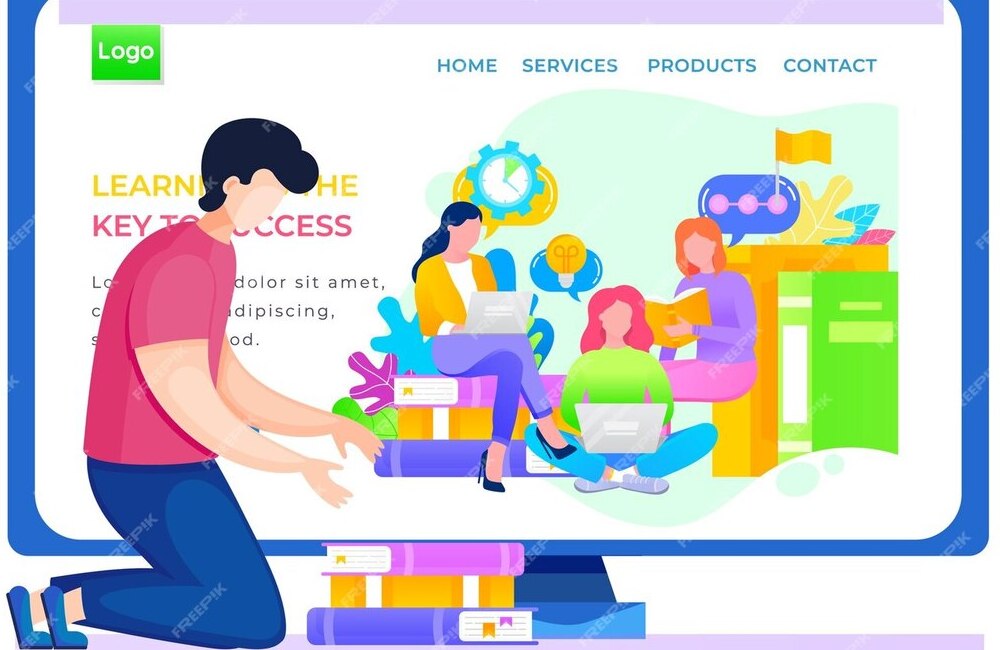Having an online presence for businesses is no longer an option; it is more of a requirement these days. Social media is used by businesses of all sizes to increase their online presence, get followers, and communicate with their target consumers. With this, it is safe to assume that you will no longer find any business these days that are not on social media.
However, whether you’re just getting started or a seasoned veteran, there’s always room for growth. So, here are 4 easy reminders to help you boost your social media game and market your brand successfully.

Micro-Influencers in B2B Marketing: Building Authentic Connections
- April 02, 2024
Connecting with your target customer on a personal level is crucial in business-to-business marketing. With the evolution of conventional marketing strategies, micro-influencers have become valuable partners for brands that want to build authentic connections with their customers. In this piece, we’ll look at how micro-influencers play a part in business-to-business marketing and how they help build genuine relationships with decision-makers.
Gaining Insight into B2B Micro-Influencers
People who have a small but active social media following—anywhere from a few thousand to tens of thousands of followers—are known as micro-influencers. Typically, micro-influencers in the business-to-business (B2B) space focus on a single industry, providing specialized knowledge and a loyal following of customers in that field.
The Benefit of Being Genuine
Credibility and Specialized Knowledge: Micro-influencers in business-to-business marketing provide specialized knowledge and knowledge. Their followers look up to them as trustworthy authority because of their extensive knowledge and expertise in a certain field. The genuine recommendation of goods and services they advertise is a direct result of their trustworthiness.
Personalized Engagement: Micro-influencers, in contrast to macro-influencers with large followings, have the means to connect with their audience on a more individual level. A lot of the time, they engage in conversation with their audience, reply to comments personally, and keep things real. Genuine connection and a sense of belonging are nurtured via these one-on-one exchanges.
Focused Reach: Micro-influencers engage with a niche-specific audience. Businesses may reach decision-makers and specialists inside their particular sector by cooperating with micro-influencers in B2B marketing, where precise targeting is vital. The most important people will hear the message because of this tailored reach.
When it comes to telling stories, micro-influencers really shine. In order to craft an engaging story, they often draw on personal experiences, case studies, and practical advice. Since business-to-business (B2B) marketing often involves complicated products and services, genuine storytelling aids in humanizing the brand and making it easier to understand.
Ways to Make the Most of Micro-Influencers in Business-to-Business Marketing
Discover Key Opinion Leaders:
Find micro-influencers whose interests and skills match your niche or sector by doing extensive study. Discover influencers whose fan bases include professionals, decision-makers, and people who might be interested in your business-to-business products and services.
Establish Trusting Connections: Strive to connect with micro-influencers by establishing trusting connections. Take an interest in what they have to say, contribute to the conversations going on, and interact with the stuff they provide. Collaborations that succeed are built on genuine ties.
Engage in co-creation of content by teaming up with micro-influencers. Involving influencers in the content development process guarantees that the message stays genuine and connects with their audience, whether it’s blog articles, webinars, or social media takeovers.
Emphasizing Use Cases and Testimonials: Motivate micro-influencers to provide their stories on using your business-to-business products. Including testimonials and real-world use examples in your marketing makes it more credible and gives prospective customers something to back their purchase decisions with.
Put Micro-Influencers in a Leadership Role: Foster their growth into industry thought leaders. Whitepapers, webinars, and industry gatherings are great places to showcase their expertise. Not only does this highlight their knowledge and experience, but it also links your brand with respected experts in the industry.
If you want to know how effective your micro-influencer efforts were, you should use analytics tools to find out. Keep an eye on conversion, reach, and engagement metrics to see how well the partnership is doing. Take this information and use it to make your future plans even better.
In summary
As the world of business-to-business marketing changes constantly, micro-influencers play a key role as genuine advocates. Businesses may establish authentic relationships with decision-makers and experts by using their specialized knowledge, tailored interaction, and targeted audience. For business-to-business (B2B) marketers, micro-influencers provide an alluring alternative to more conventional forms of advertising by facilitating the development of genuine connections with target audiences. Not content to ride the wave of popularity, B2B marketers that want to forge a more meaningful connection with their target audience must now embrace the authenticity advantage of micro-influencers.
Related articles
Contrary to popular belief, Lorem Ipsum is not simply random text. It has roots in a piece of classical Latin literature from 45 BC, making it over 2000 years old.
















